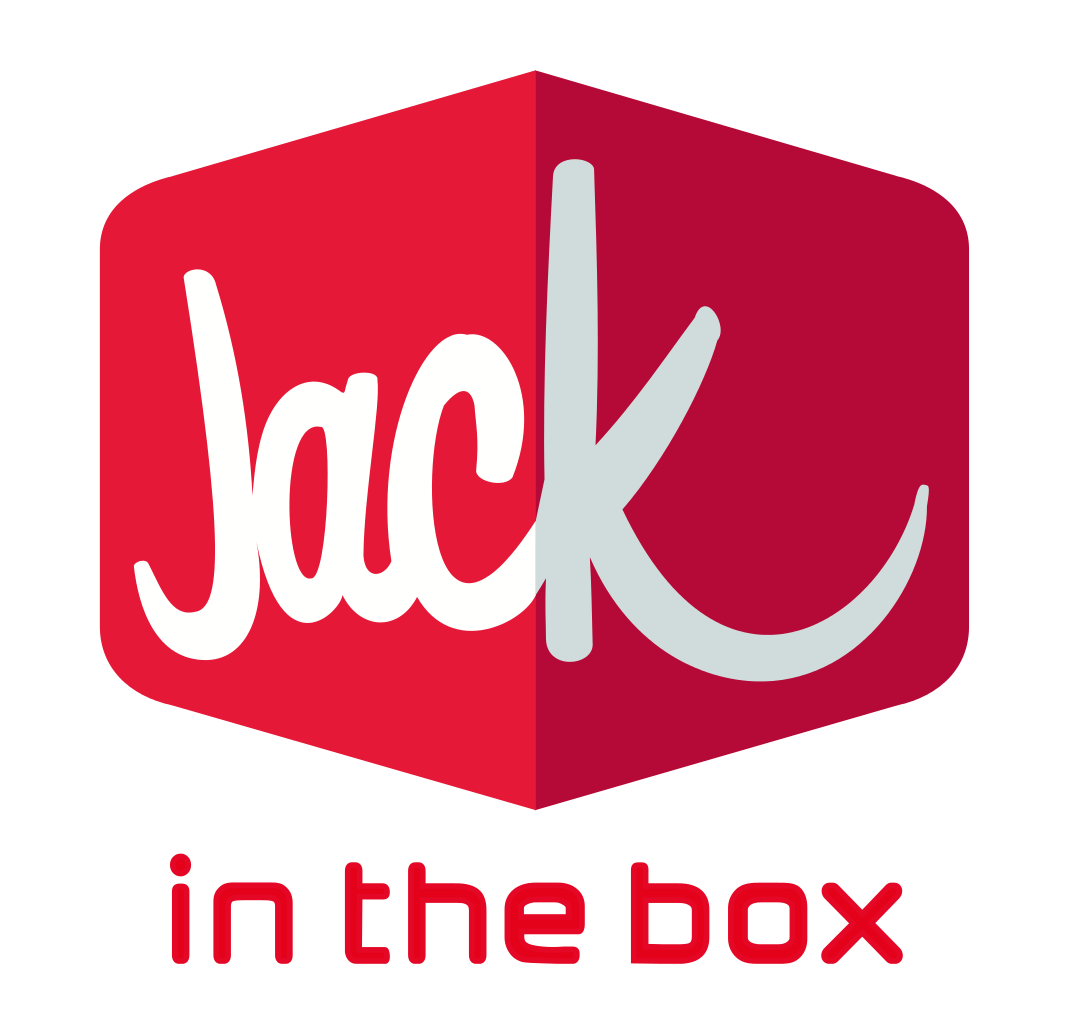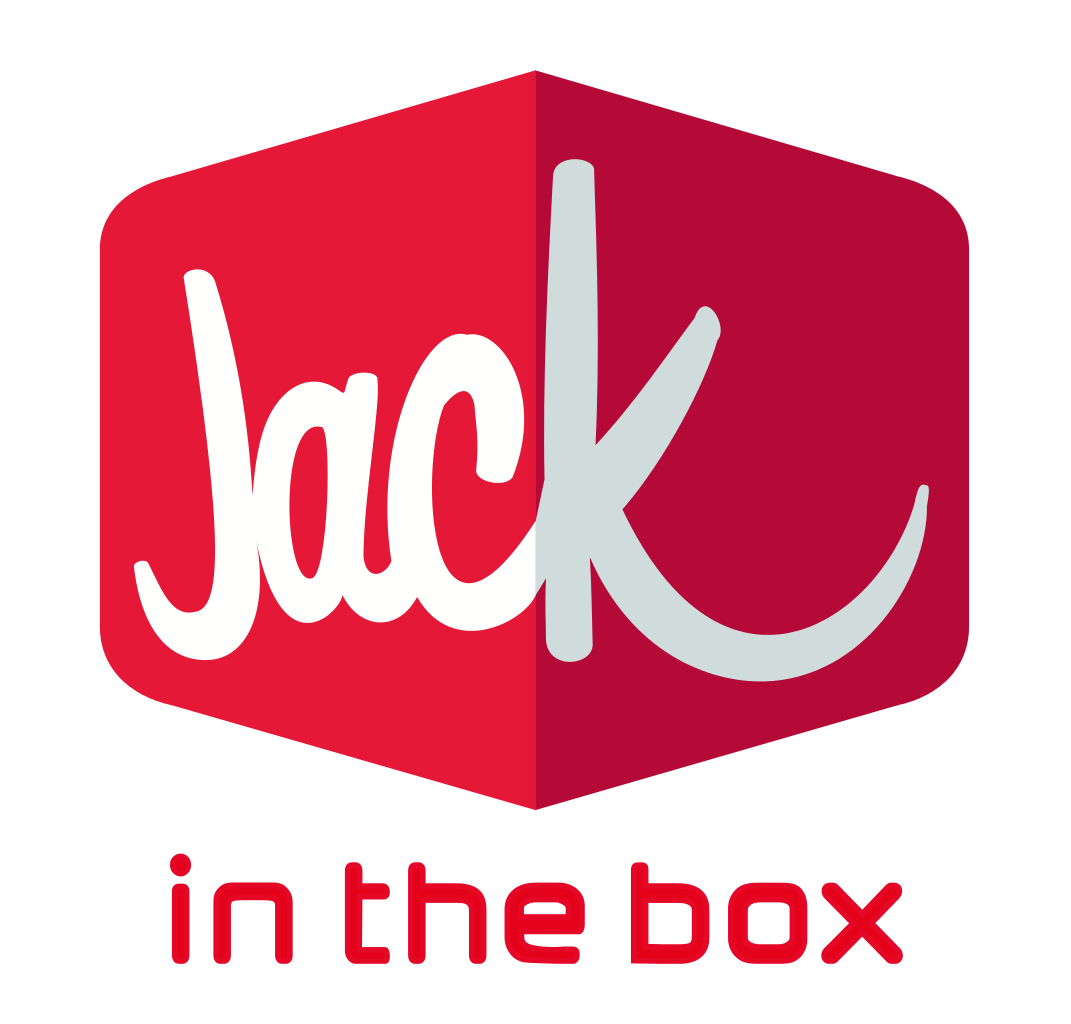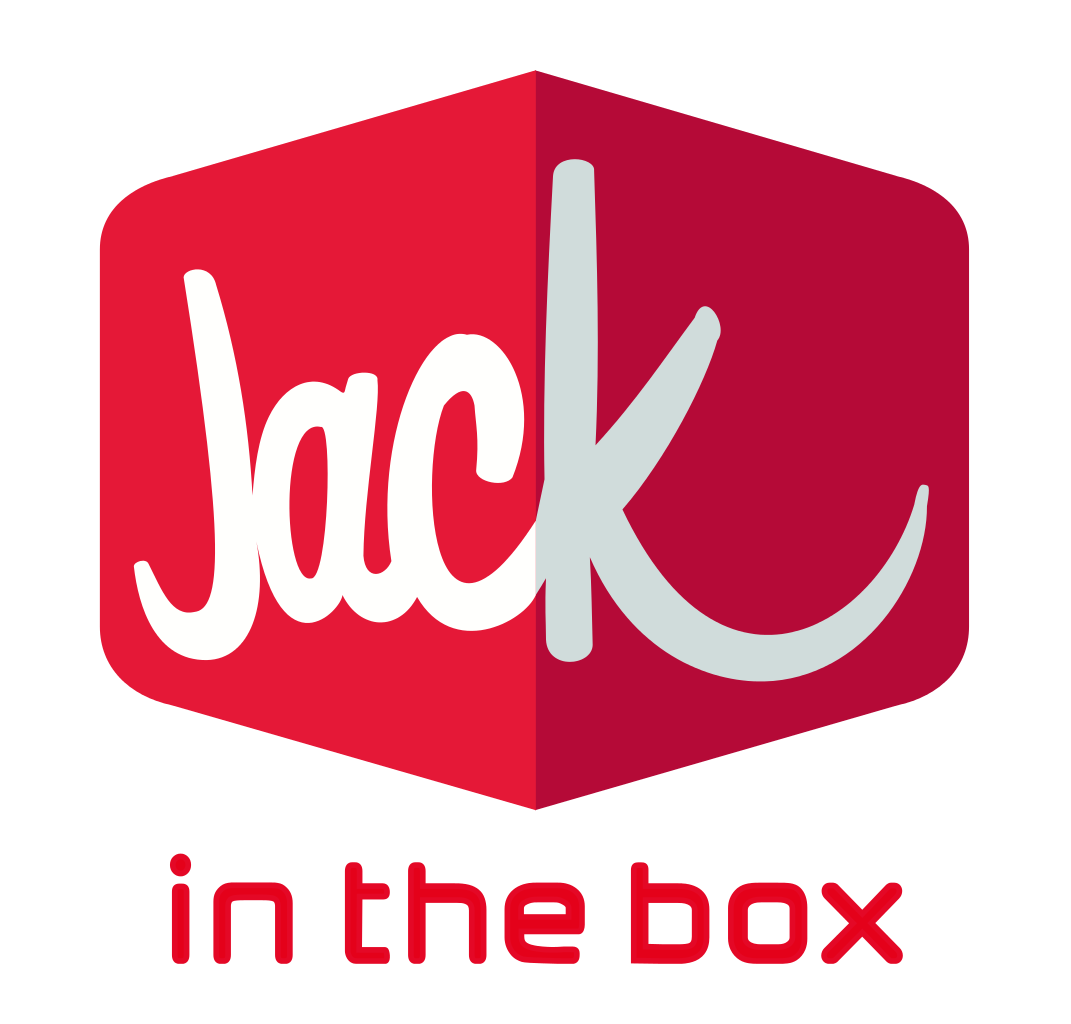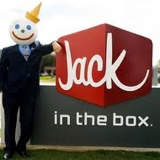Title Page
-
Conducted on
-
Prepared by
-
Location
-
Personnel
-
General Restaurant Performance
-Review Business Recap for key performance metrics (Print from Restaurant PC, Business Management)
-Review SOS Total Time (Print from Restaurant PC, SOS application)
-Review VOG Restaurant Report for both "Time of Visit Data" and "Area for Focus"
-Evaluate routine DM Work Format observations to determine how guest service, cleanliness or other issues may impact efficiency
-Ensure that no parking cars policy is enforced, and that SOS manipulation is not occurring
Equipment--For each headset, mark "good" or specify issues with condition, in-bound or out-bound audio quality.
-
Headset 1
-
Headset 2
-
Headset 3
-
Headset 4
-
Headset 5
-
Is the following equipment in working condition and programmed correctly? Note any issues found.
-
Drive-thru OCS
-
Drive-thru speaker (verify audio quality)
-
Drive-thru mic (verify audio quality)
-
Grill
-
Coke machines
-
Fryers
-
Timers
-
Holding/staging equipment
-
Toasters/microwaves
-
POU refrigerators/freezers
Staffing
-
Is variance in Sales Forecasting for the last 6 weeks +/- 2%?
-
Is the restaurant staffed with appropriate numbers of management and team members?
-
Is management scheduled according to the Management Scheduling Policy?
-
Is color coding used for non-sales generating activities?
-
Are half-hour meal breaks scheduled?
-
Are sales generating hours scheduled equal to the recommended number or +1?
-
Is 15-minute scheduling used?
Training--Evaluate training needs through observations of performance and review of the Certification Tracker on the tablet.
-
List which Team Members require certifications and in which positions?
Build-to Charts--Observe execution of continuous cooking and use of Build-to Charts
-
Is manager consistently printing and posting accurate Build-to Charts for the grill and fryer daily?
-
Do employees understand how to read Build-to Charts and are they using them? Ask questions to validate.<br>-What is a build-to? (A: It tells me how many ingredients to have available during peak times)<br>-Why do we use build-to's? (A: We can prepare products quicker if we have the ingredients available)<br>-How many jumbo patties are you supposed to be staging at this time frame? (A: Refer to grill Build-to Chart)<br>-How many chicken patties are your supposed to be staging at this time frame? (A: Refer to fry Build-to Chart)
-
Does communication occur to ensure Build-to Charts are adjusted and maintained throughout peak periods?
-
Does person-in-charge of the shift manage the use of Build-to Charts?
-
Are staging systems used according to procedures?
-
Are Continuous Cooking procedures understood and followed? Ask questions to validate.<br>-What is continuous cooking? (A: Using either turn & place or remove & place for patties)<br>-Why do we use continuous cooking? (A: So we always have patties available during peak times)<br>-If during peak time, what remove & place or turn & place level are you using? (A: I am using a T & P rate of 2 patties)
Workstation Positioning
-
Do management and team members understand workstation positioning? Ask questions to validate.<br>-Why do we use Workstation Positioning? (A: Everyone knows what their primary job is and what tasks to perform and when they don't have any tasks it tells them what they should be doing. It balances the workload among all employees)<br>-What position are you in? What are your primary duties? (A: Example-Position 4, primary to cook fry products)<br>-What are your secondary duties? (A: Back-up and grill assembly)<br>-What do you do if you do not have any primary duties? (A: Do my secondary duties, back-up and grill assembly)<br>-What does it mean to "slide"? (A: To move to a different position to perform secondary duties)<br>
-
Do employees stay in position?
-
Is Double-bubble used appropriately?
-
Is there a visible sense of urgency to produce guest's orders?
-
Rate observed productivity level of each person during peak period. (Mark if Manager or Team Member AND a number 1 through 5 to rate the productivity level of the person, 1=low and 5=high)
-
DT Register:
- Manager
- Team Member
- 1
- 2
- 3
- 4
- 5
-
Counter Register:
- Manager
- Team Member
- 1
- 2
- 3
- 4
- 5
-
DT Back-up:
- Manager
- Team Member
- 1
- 2
- 3
- 4
- 5
-
Counter Back-up:
- Manager
- Team Member
- 1
- 2
- 3
- 4
- 5
-
Counter Register:
- Manager
- Team Member
- 1
- 2
- 3
- 4
- 5
-
Grill:
- Manager
- Team Member
- 1
- 2
- 3
- 4
- 5
-
Fryer:
- Manager
- Team Member
- 1
- 2
- 3
- 4
- 5
-
Grill Assembly:
- Manager
- Team Member
- 1
- 2
- 3
- 4
- 5
-
Taco Assembly:
- Manager
- Team Member
- 1
- 2
- 3
- 4
- 5
-
Sales Building:
- Manager
- Team Member
- 1
- 2
- 3
- 4
- 5
Pre-Rush Ready
-
Are Workstation Daily Planners used and understood? Ask questions to validate.<br>-What information is listed on the planner? (A: Stocking and cleaning tasks and some prep tasks)<br>-How do you used the planner to do your job more effectively? (A: Use to see what needs to be stocked at my station prior to rush)<br>-Why is it important to stock your station before the rush? (A: I will have all the ingredients I need to get through the rush and will not have to leave my station. If I have to leave my station it will cause me to get behind on my job.)<br>
-
Are employees consistently ready for each rush?
-
Does the person-in-charge of the shift effectively manage pre-rush, rush and post-rush activities?
-
Are prep, maintenance and admin activities avoided during peak periods?
Floor Communication
-
Does the person-in-charge of the shift create a sense of urgency and motivate/influence the team?
-
Are floor communication processes (TIP-TAP-TOP) used?
-
Do employees understand use of headsets to help expedite orders? Ask questions to validate.<br>-Do you know which positions should wear headsets at all times? (A: 1, 4, PIC and employee in Double-bubble)<br>-Why should you wear headsets at all times? (A: Helps to expedite orders, allows multiple employees to assist guests)<br>-Why is the headset better than relying on the grill speaker? (A: Can hear order immediately even if in the back)
-
Does the person-in-charge of the shift analyze bottlenecks and coach to correct issues?
Analyze Bottlenecks--Use the Blocker Log to analyze bottlenecks.
-
Describe observed issues such as staffing, ingredients, specific workstations, equipment capacity or packaging.











